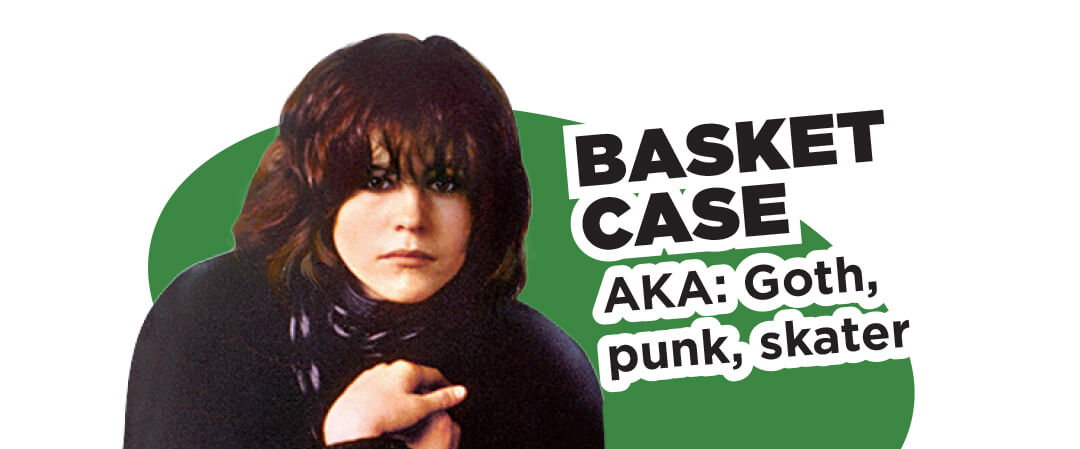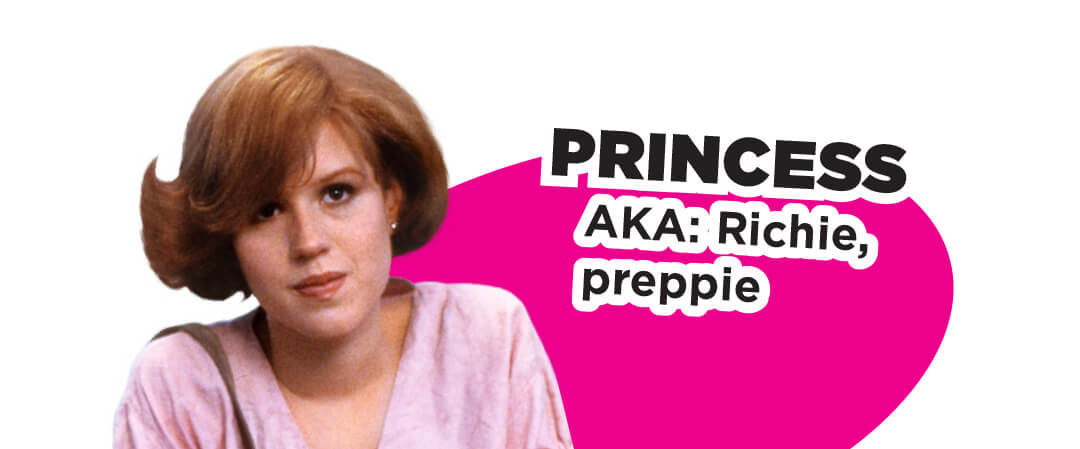THIS IS 50
Kid Cliques, Updated
THE FIVE STUDENTS in The Breakfast Club—released February 15, 1985—had a shorthand for their social sets. Forty years on, here’s how researchers and kids say high schoolers sort themselves. —Mike Zimmerman

“Jock” tends to refer to boys. With the increasing presence of girls in sports, those kids are called “athletes,” or identified by their specific sport—“soccer girls” or “field hockey girls.”

You can still be a “goth”—or, at some schools, an “emo”—and there are also “loners.” The kids we consulted understand that many misfit teens are dealing with treatable mental health conditions.

Kids may call them “aesthetics,” while researchers call them “populars.” But many in this group now aspire to be influencers. One subcategory: VSCO girls, whose label comes from a photo-editing app.

Some kids told us that brains are called “smarts” at their schools. And the term “geek” isn’t the insult it once was, now that geek culture—gamers, hackers, D&D, manga—has gone mainstream.

These antiauthoritarian teens have several negative labels, including “deviants.” One that parents may want to be aware of: We’re told “feins” are kids who use pot or other drugs through vaporizers.

70% of Gen Xers say that, in an emergency, they would prioritize their pets’ needs over their own.
SOURCE: TALKER RESEARCH SURVEY FOR NEWSWEEK

HELPING GRANDMA MOVE
IF IT’S TIME for an aging relative to move to assisted living, you can make the difficult process easier. Here’s what experts recommend.
1 Acknowledge Concerns: Leaving one’s home “is a significant and often upsetting transition,” says Kate Granigan, president of the Aging Life Care Association. Ask your loved one about their feelings, and really listen to their responses.
2 Test the Waters: Many assisted living communities offer “respitality” stays—as short as overnight or as long as two weeks—so prospective residents can get a sense of life in the community.
3 Seek Their People: Jill McNamara, Care.com’s general manager of senior care, suggests signing up for activities and clubs in advance. An activities coordinator or resident “ambassador” at the facility can help.
4 Bring Home Along: Ask what they’ll miss most. Is there something at home they’d like to be photographed with, like a tree they planted? Go through photo albums to make a memory book.
5 Decorate for Comfort: If repainting is allowed, consider a line with colors designed to please older eyes, such as Sherwin-Williams Senior Living Collections, PPG’s Senior Living Color Palette or Behr’s senior living palettes.
6 Make an Entrance: Your loved one may want to shop for a new outfit to arrive in, says gerontologist Sherri Snelling, author of Me Time Monday. “Do as much as you can to make it positive,” she counsels. —Julie Halpert

WHAT’S GREAT ABOUT YOUR 50s
Jim Gaffigan
“I just wish I’d had this mental peace in my 30s—this perspective of ‘enjoy the process’ rather than these goals that mean nothing or getting caught up in other people’s expectations. I see it with my teenagers, and I’m not saying they’re suffering from it, but you’re just under attack as a teenager, and you’re finding your way in your 20s. I like being the age I am. I like the focus and the maturity that I’ve acquired.”
Emmy-winning comedian Jim Gaffigan, 58, appears in the Hulu stand-up comedy special Jim Gaffigan: The Skinny. Read his interview with Gayle Jo Carter at aarp.org/quickquestions.
The Breakfast Club: Photofest (5); Gaffigen: Mark Seliger